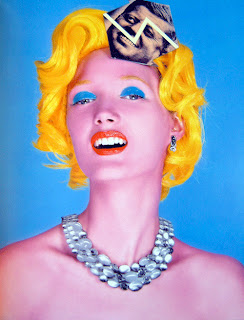Ideational fluency involves thinking about ideas for a certain theme, it is of the first initial stages in which you think of every possible idea and the quality doesn’t matter as much in these first stages as it is more important to the amount of ideas in which we can come up with. As we come up with ideas and become creative we can think of more and as the ideas go on they shall naturally be better and take us somewhere in which by looking at our first idea we may not have expected to end up. This whole process is about allowing us to be spontaneous and put as many ideas down as possible. We can use a whole range of techniques to show our ideas such as little sketches, comic strips, brainstorms, mind maps and classification.
Classification is where we can organise our ideas in groups of things with something in common with each other. They can be either obvious or hidden things and this can allow us to see which ideas would be able to work together and then the ones that don’t really fit, so in this case by creating a magazine it needs to be all the same sort of theme so that it looks and fits well together.
We can use brainstorming in a group and it is just an easy way of getting down lots of ideas just by writing a few words and not going in to depth about each individual idea. This works particularly well in a group as you have a wider range of ideas and you can then think of something that you may not have thought about previously.
Mind mapping is another technique we can use to show our ideas however this is a lot more organised way of thinking as it allows us to go into more detail about each individual idea and we can then put words from each category allowing us to expand upon the ideas.
This is an example a brainstorm which as you can see is just a lot of ideas on the page with not much as to organisation or expanding upon any of the individual ideas. There can be notes around some of these ideas, but they are in a way which I understand what we were discussing and so then we will be able to pick certain ideas which we choose to look at in more detail and then create a mind map on that particular theme or idea and then that shall allow us to go in to a lot more detail.

This is one of my mind maps and as you can see now this is one particular idea and I have explored the different things we could creative within this idea so they all branch off and then from them I have written words around to explain what would go in to that part. I think this is a very good way to show specific ideas.



















